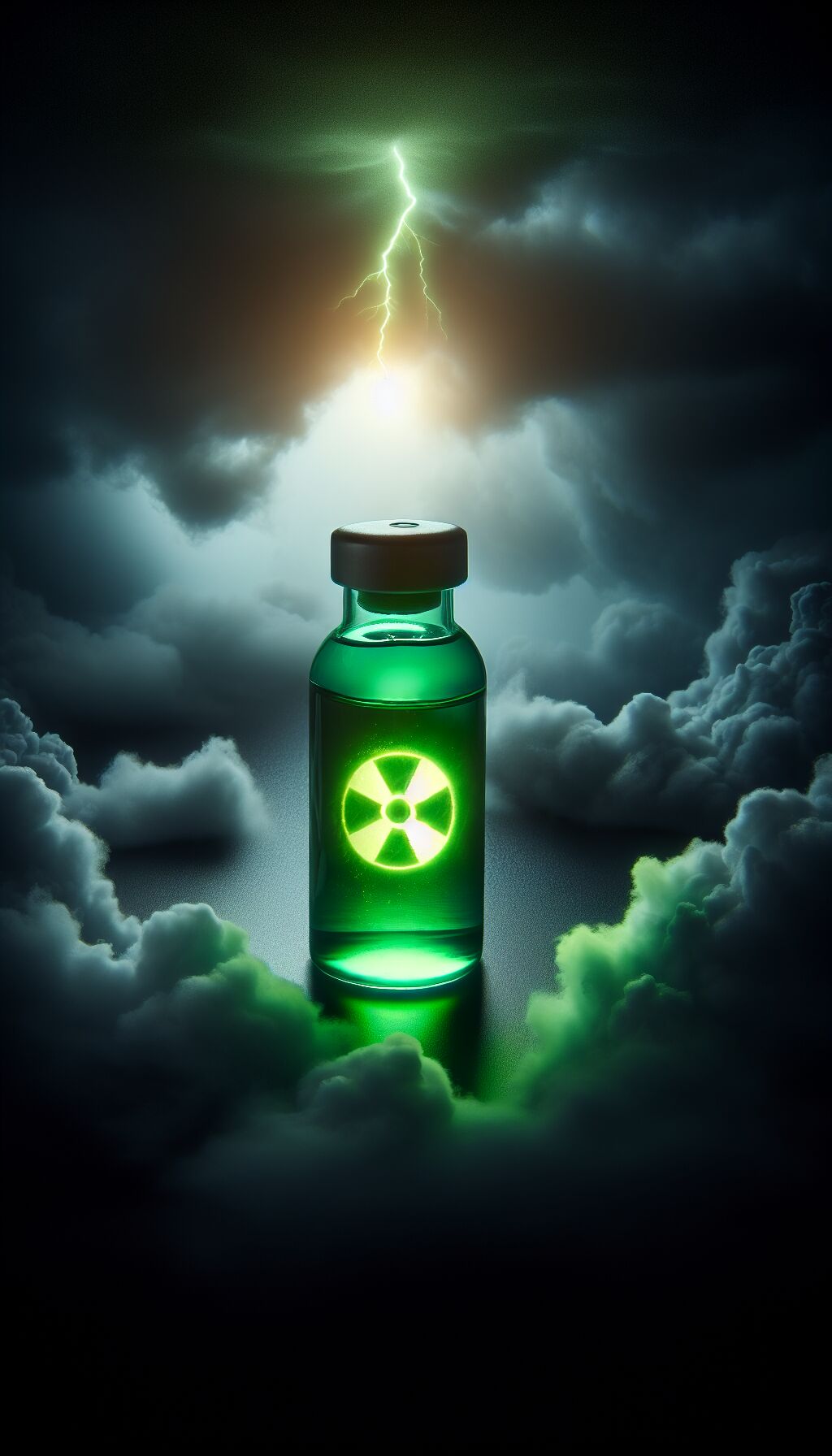Iran’s Nuclear Program: Escalating Tensions and International Concerns
Recent findings from the International Atomic Energy Agency (IAEA) reveal that Iran has significantly increased its stockpile of near-weapons-grade uranium, raising alarm bells among international observers. This development highlights Tehran’s ongoing defiance of multiple international demands aimed at curtailing its controversial nuclear program.
Current Status of Iran’s Uranium Enrichment
As of October 26, a fresh IAEA report indicates that Iran possesses approximately 400 pounds of uranium enriched to 60% purity. This figure marks an increase of 40 pounds since August. While 60% enrichment is just under the 90% threshold required for weapons-grade material, this escalation places Iran in a position capable of producing around four nuclear bombs, should it choose to pursue that path.
Furthermore, the total stockpile of uranium enriched at any level has surged to roughly 14,560 pounds, an increase of 1,880 pounds since August. Industry experts caution that this significant accumulation of enriched uranium deepens concerns about Iran’s intentions and the potential development of nuclear weapons.
Iran’s Conditional Agreements
In a recent diplomatic development, Iran has offered to halt the enrichment of uranium beyond 60% purity—but with notable conditions. Tehran indicates it will only agree to this pause if the European Union and the United Kingdom refrain from imposing further sanctions and if the IAEA withdraws a pending censure resolution targeting Iran’s nuclear activities.
During discussions between Rafael Grossi, the IAEA’s director-general, and senior Iranian diplomats, the possibility of not further expanding the enriched uranium stockpile was broached. Grossi stated that technical verification measures would be integral for the agency to confirm compliance if such a halt were to be implemented.
Regional and Global Implications
The geopolitical ramifications of Iran’s nuclear advancements are profound. Experts have voiced concerns that Tehran may view the acquisition of nuclear weapons as a viable deterrent in light of escalating tensions, particularly after Israel’s military actions have significantly weakened Hamas and Hezbollah—two of its primary proxies in the region.
U.S. intelligence assessments point to improvements in Iran’s manufacturing capabilities, which could facilitate the production of nuclear weapons if pursued. As this situation unfolds, the international community remains on high alert regarding Iran’s intentions.
POTENTIAL SHIFT IN U.S. POLICY
The incoming U.S. administration under President-elect Trump could offer a pivotal shift in diplomatic strategies regarding Iran. Trump has promised to enforce stricter sanctions on the Iranian regime, suggesting a more confrontational stance compared to that of departing President Biden.
International Responses and Sanctions
On the front of international relations, the European Union has recently expanded sanctions against Iran, citing its alleged assistance to Russia amidst the ongoing conflict in Ukraine. These sanctions target Iran’s national shipping company and the vessels purportedly used to transport drones and missiles.
In a strong rebuttal, Iranian Foreign Minister Abbas Araghchi dismissed claims of aiding Russia, warning that such sanctions would provoke retaliatory measures from Iran. Araghchi argued that these punitive actions lack legal, logical, or moral justification, stating that they would only exacerbate tensions rather than alleviating them.
Impending IAEA Actions
The IAEA’s board is poised to proceed with a censure resolution, backed by European nations, that condemns Iran for its non-responsiveness to inquiries regarding its nuclear ambitions. This resolution aims to escalate the issue to the U.N. Security Council, where additional actions against Tehran may be deliberated.
The censure resolution specifically calls for a comprehensive report addressing all unresolved questions surrounding Iran’s nuclear activities—a critical step in holding Tehran accountable for its actions.
Future Projections
As of September 2024, current intelligence suggests that while Iran has not officially decided to pursue weaponization, it could produce weapons-grade uranium in approximately seven days. Should it opt to do so, it would have sufficient material for six to nine nuclear bombs within a month, according to David Albright of the Institute for Science and International Security.
Conclusion: A Critical Juncture
The situation surrounding Iran’s nuclear program represents a critical juncture in international diplomacy and security. As tensions continue to escalate, the need for effective dialogue and negotiation becomes more urgent. The international community faces a daunting challenge in preventing nuclear proliferation while balancing the complexities of regional politics and security dynamics. Ensuring transparency and accountability will be vital in addressing the ongoing crisis and fostering stability in the region.
This HTML-formatted article carefully rewrites the provided content while expanding on themes, providing clarity, and maintaining a journalistic tone throughout.
